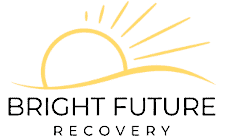
Bright Future Recovery serves Northern California, Central California, Southern California and the U.S. with evidence-based, whole person and affordable addiction rehab services associated with alcohol and drug abuse. We are happy to share valuable addiction recovery information.
Detox | Residential Rehab | Relapse Prevention
Confidential Consultations and Insurance Verification
Questions about Drug and Alcohol Abuse and Recovery?
Call Bright Future Recovery at (831) 245-1623 for a Confidential Consultation. We Can Help.
If you’re addicted to drugs or alcohol and your supply runs out or you’re ready to quit, the scariest part of the next few days is the withdrawal symptoms that are sure to emerge. You’re aware that some people have died during withdrawal, while many others have gone through intense, unpleasant physical and psychological hardships during this week-or-so time frame.
So, what’s the best way to avert death and to insulate oneself from the full intensity of the various withdrawal symptoms? You’ve come to the right place to learn the answer.
What Is Acute Withdrawal?
There are a couple of different kinds of withdrawal, with acute withdrawal being the most high-profile and dangerous of the two. Acute withdrawal is when symptoms first emerge, reach peak intensity and then subside.
The acute withdrawal timeline differs by substance, but in general, you can expect it to be over within the following ranges:
- Alcohol: 5 to 7 days
- Heroin and other opioids: 5 to 10 days
- Cocaine: 7 to 10 days
- Benzodiazepines: Up to 4 weeks (if addicted to a long-acting benzo)
- Methamphetamine: 14 to 20 days
- Adderall: 7 to 10 days
- Antidepressants: Up to 3 weeks
Of course, the acute withdrawal period could last longer if you’ve been taking the substance for a long time, in very high doses and at a very high purity, among many other factors.
Acute Withdrawal Symptoms
The type of symptoms you may experience during acute withdrawal will depend on the substance you’ve been using, but some of the same symptoms show up across various substances.
Here is just a small sample of common symptoms people experience during acute withdrawal:
- Nausea
- Vomiting
- Depression
- Anxiety
- Mood swings
- Fatigue
- Trouble sleeping
- Paranoia
- Sweating
- Heart palpitations
- Unclear thinking
- Dizziness or lightheadedness
- Cramps and muscle pain
- Hallucinations
Alcohol Delirium Tremens (DTs)
Alcohol withdrawal is unique in that certain individuals can enter a state known as delirium tremens during acute withdrawal. People who have been drinking heavily for several years in a row are at risk of this phenomenon.
Delirium tremens (aka DTs) can emerge roughly two to three days after the last drink, and the symptoms will peak around day five of no alcohol. These severe symptoms may include:
- Heavy sweating
- Seizures
- Vivid nightmares
- Hyper-real hallucinations
- Disorientation
- Fever
- Formication (feeling like insects crawling over or under the skin)
What Is Post-Acute Withdrawal Syndrome (PAWS)?
Just because you’ve outlasted acute withdrawal doesn’t mean you’re out of the woods yet. Many people in recovery experience post-acute withdrawal syndrome (PAWS), also known as protracted withdrawal.
PAWS involves the occasional reemergence of the symptoms one experienced during acute withdrawal, although usually to a lesser degree. Still, PAWS is uncomfortable and unpredictable to the individual, especially since the symptoms emerge at erratic intervals.
When does PAWS usually begin? There’s usually a clean break between acute withdrawal and the first sign of PAWS. This syndrome typically emerges around two to three months after last use of the addictive substance. In some cases, people experience lingering psychological effects coming out of acute withdrawal, and this can be considered PAWS, albeit without a clean break in between.
How long does PAWS usually last? PAWS can last for months or years for individuals in recovery. In most cases, it will subside within one to two years after last use of the substance in question; in cases involving severe addictions, PAWS can last much longer.
How Drug and Alcohol Detox Helps
Getting into a professional detox program before the worst of withdrawal hits will ensure medical supervision during the peak of the symptoms. Most detox programs span between 5 and 10 days, although some go up to two weeks.
Through the right combination of supplements and possibly medication, detox treatment can lessen the severity of acute withdrawal symptoms and possibly help the individual avoid certain symptoms that would otherwise emerge.
Besides supplements and medications, some detox programs provide additional forms of care, such as:
- IV therapy
- Healthy, nutrient-rich meals
- Aromatherapy
- Massage
- Yoga
- Physical training
Reducing the Risk of Death
The best part about professional detox treatment is that it helps keep you relatively stable and comfortable amid the peaks and valleys of acute withdrawal. Nurses and other medical staff are on hand to treat symptoms as they arise.
Most importantly, deaths are rare when under medical supervision for detox. The same can’t be said for those who try to detox at home or go to unlicensed individuals for help during withdrawal. Substances such as benzodiazepines, alcohol and opioids are potentially deadly during acute withdrawal. Professional detox programs help mitigate this fatal risk.
Keep that last fact in mind when it comes to alcohol-related delirium tremens, a highly volatile time. Without professional treatment, you may survive DTs, but you will likely experience significant PAWS afterward. With medical supervision, however, you can mitigate the severity of the ensuing PAWS, or possibly avoid it altogether.
This rings true for other types of withdrawal: Expert detox treatment not only helps in the moment, but it tends to make post-acute withdrawal less severe and more manageable if done correctly
Types of Medications Used in Detox Treatment
The thought of taking potentially addictive medication during detox puts some people on edge. But, medication is not necessary in every single case, and most programs only intend to use it for a short duration.
Detox physicians may prescribe medications such as:
- Suboxone or methadone for opioid withdrawal
- Anticonvulsants for alcohol withdrawal
- Naltrexone (Vivitrol) to reduce drug or alcohol cravings
- Antidepressants or anti-anxiety (benzodiazepine) meds
- Hydroxyzine – an antihistamine that can also help with anxiety and nausea
- Sleep aids to help with insomnia
Be wary of detox programs that subscribe to medication maintenance instead of tapering. The difference is:
- Maintenance means they plan to keep you on the new drug indefinitely – or for at least one year.
- Tapering means they have a clear plan to wean you off the new drug by a certain date.
A medication maintenance program raises the risk of the client developing a replacement addiction. Tapering is the much safer option when considering the long-term health and recovery prospects for the client.
Bright Future Recovery: Drug and Alcohol Detox in California
At Bright Future Recovery in Northern California (just south of San Jose and the Bay Area), we can help you outlast acute withdrawal through a personalized 7-to-10-day detox program. Our treatment can also lessen the severity of post-acute withdrawal after you graduate from our facility.
But we don’t leave you stranded after detox, since it’s really just the first step in a long recovery process. We provide case-management services and can help get you immediately placed in another treatment facility for either an inpatient or an outpatient rehab program.
Our drug and alcohol detox program provide strategic tapering for any medications we may prescribe to handle your withdrawal symptoms. Our facility is equipped with a number of soothing amenities to help you heal and decompress as you fight off withdrawal symptoms. Choose Bright Future Recovery to start your recovery the right way.
Call Bright Future Recovery Now
Confidential Consultations and Insurance Verification
Detox | Residential Rehab | Relapse Prevention
We accept most insurance – Free Insurance Benefits Check.








